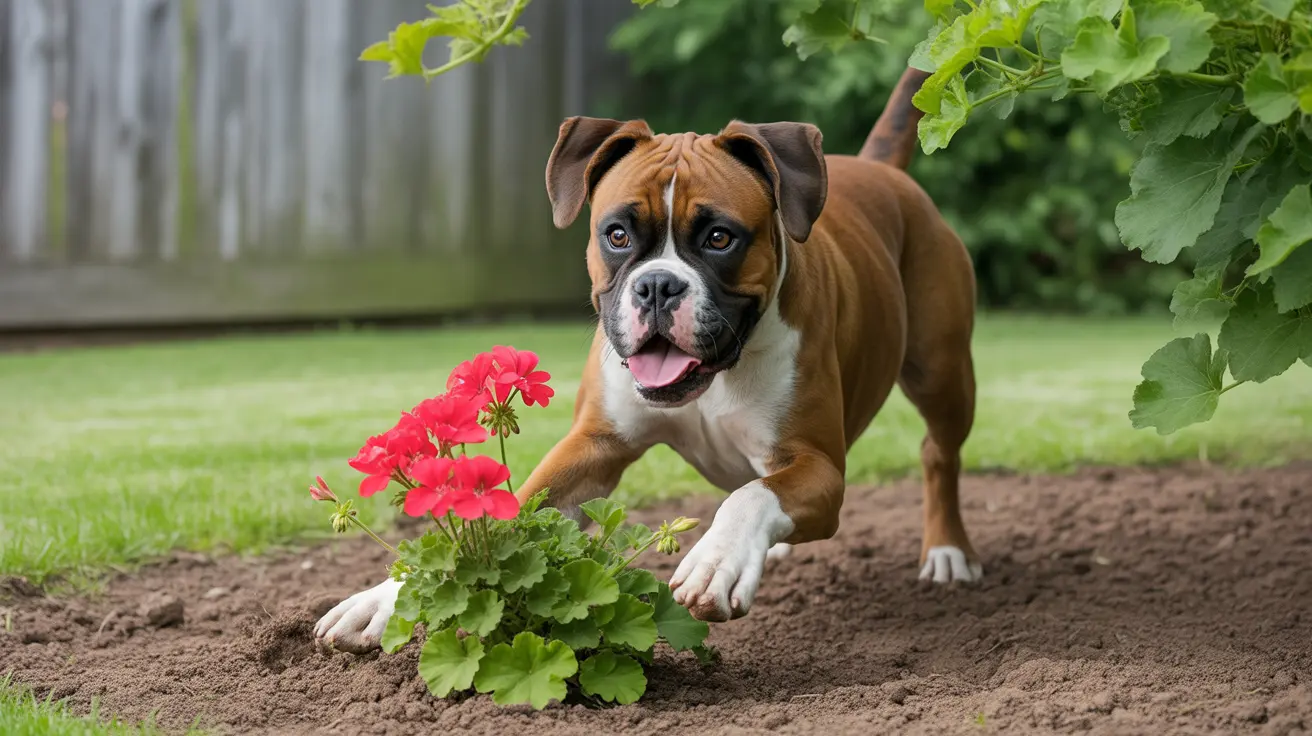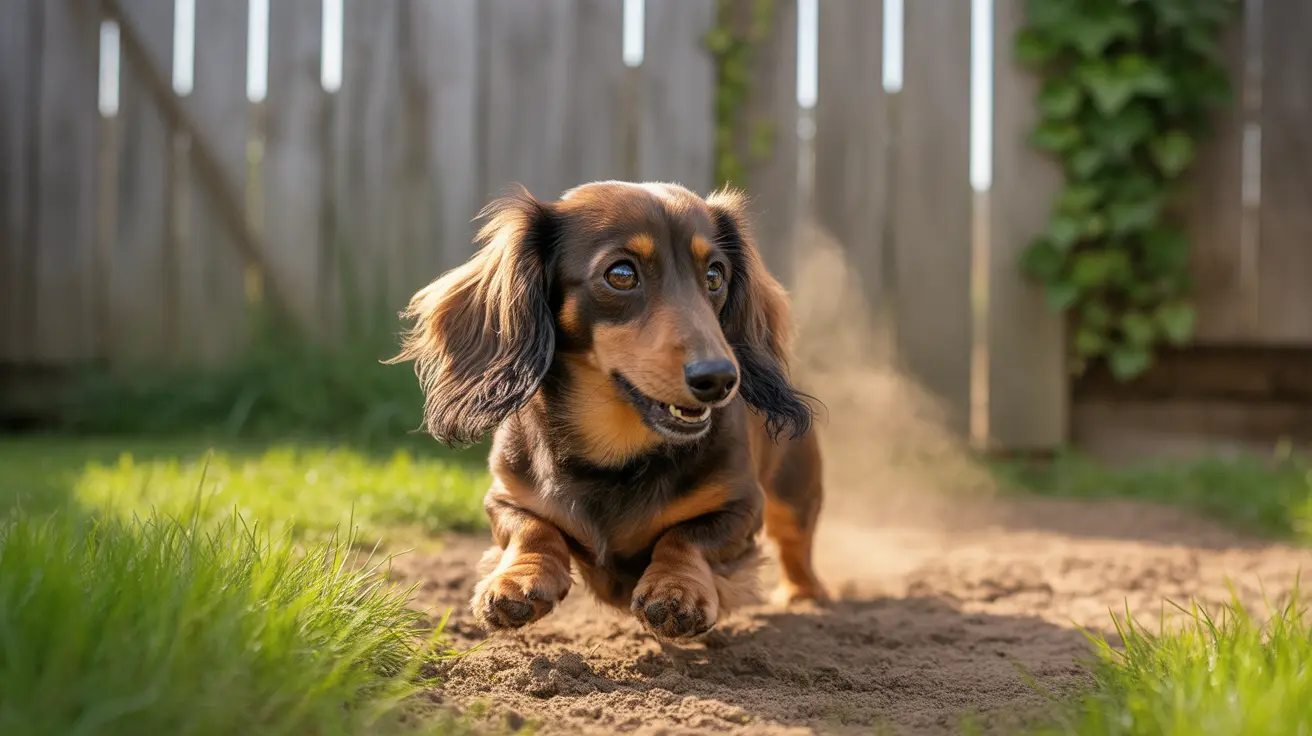As a dog owner, understanding the dangers of foxtails is crucial for keeping your furry friend safe. These seemingly innocent grass seeds can cause severe health problems for dogs, ranging from minor irritations to life-threatening complications. This comprehensive guide will help you identify, prevent, and address foxtail-related issues to ensure your dog's safety.
Whether you live in the western United States or any area where foxtails grow, being informed about these hazardous plants could save your pet from painful injuries and expensive veterinary procedures. Let's explore everything you need to know about protecting your dog from foxtails.
Understanding Foxtails and Their Risks
Foxtails are the barbed seed heads of certain grass species, particularly common in North America. Their arrow-like structure allows them to attach easily to dogs' fur and gradually work their way into the skin. What makes them especially dangerous is their one-way design – once they start moving forward, they can only continue deeper into the tissue.
These seeds most commonly affect dogs' noses, ears, eyes, and paws, but can potentially enter any part of the body. Once inside, foxtails can migrate through tissue, causing infections, abscesses, and even internal organ damage if left untreated.
Identifying High-Risk Seasons and Areas
Foxtails pose the greatest threat during late spring through early fall, when the grass dries out and the seeds become loose. They're particularly prevalent in:
- Unmaintained trails and paths
- Open fields and meadows
- Dry, grassy areas
- Vacant lots
- Roadside vegetation
Prevention Strategies for Dog Owners
Regular Inspection and Grooming
Establish a thorough post-activity inspection routine, checking these key areas:
- Between toes and paw pads
- Around and inside ears
- Under the collar and harness
- In and around the nose
- Along the belly and groin
- Under the tail
Protective Measures
Implement these protective strategies when in high-risk areas:
- Use protective boots designed for dogs
- Consider using an OutFox Field Guard for face protection
- Keep dogs on maintained paths
- Avoid overgrown areas during peak seasons
- Maintain shorter fur around vulnerable areas
Signs of Foxtail Problems
Watch for these warning signs that may indicate your dog has encountered a foxtail:
- Excessive pawing at nose, ears, or eyes
- Sudden sneezing or nose bleeds
- Constant head shaking
- Limping or licking paws
- Swelling or visible abscess
- Changes in behavior or appetite
Immediate Response and Treatment
If you suspect your dog has been affected by a foxtail, take these steps:
- Carefully examine the affected area
- If visible and loose, remove the foxtail with tweezers
- Never probe deeply or attempt to remove embedded foxtails
- Seek immediate veterinary care for embedded foxtails or those in sensitive areas
Creating a Foxtail-Safe Environment
Protect your yard and regular walking areas by:
- Removing foxtail plants before they seed
- Regular mowing and maintenance
- Using appropriate weed control methods
- Creating designated safe play areas
- Monitoring common walking routes for foxtail growth
Frequently Asked Questions
What are foxtails and why are they dangerous for dogs?
Foxtails are barbed grass seeds that can attach to dogs and burrow into their skin, causing infections, abscesses, and internal damage. Their one-way design makes them particularly dangerous as they can only move forward, potentially migrating through tissue and organs.
How can I tell if my dog has a foxtail injury or infection?
Look for signs such as excessive pawing at an area, sudden sneezing, head shaking, limping, swelling, or visible abscesses. Any sudden change in behavior or discomfort could indicate a foxtail problem.
What should I do if my dog gets a foxtail in their paw or another part of their body?
If the foxtail is visible and loose, carefully remove it with tweezers. For embedded foxtails or those in sensitive areas like eyes, ears, or nose, seek immediate veterinary care. Never attempt to probe or remove deeply embedded foxtails yourself.
How can I prevent foxtail injuries for my dog during walks and outdoor activities?
Keep dogs on maintained paths, avoid overgrown areas during peak seasons, perform thorough post-activity checks, and maintain regular grooming. Consider using protective gear in high-risk areas.
Are there any products or gear that can protect my dog from foxtails in grassy areas?
Yes, protective gear includes dog boots, mesh face guards like the OutFox Field Guard, and protective clothing. Regular grooming tools can also help maintain shorter fur in vulnerable areas, reducing the risk of foxtail attachment.






